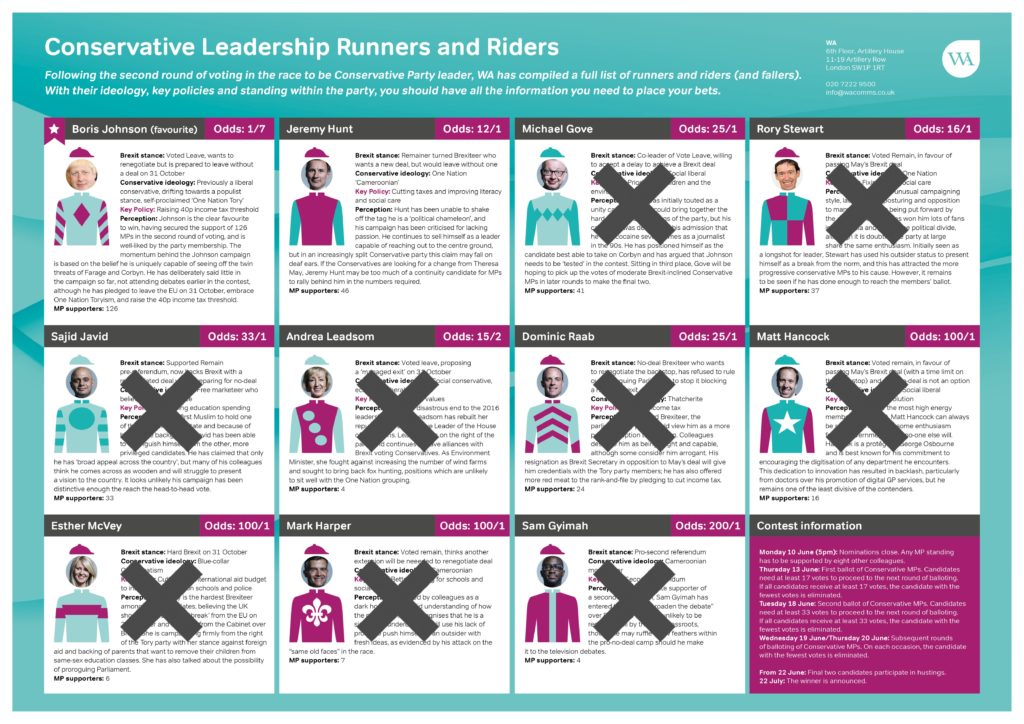While John McDonnell keeps up his ‘tea offensive’ to reassure City and business leaders the economy is safe in Labour’s hands, the party continues to offer up a series of controversial policy ideas. Following Labour endorsing the nationalisation of water companies at less than the market rate and committing to a significant decentralisation of the energy sector, Labour has now set its sights on reforming another fundamental resource: land. Land for the Many, a report commissioned by the Labour Party, makes a series of radical policy recommendations aimed at altering the way land is used, owned and governed in the UK.
The proposed reforms to the private rented sector will be of most interest to investors; especially the introduction of a cap on annual permissible rent increases within tenancies. Under the plan, rents will not be allowed to increase at more than the rate of wage inflation or consumer price inflation (whichever is lower). However, landlords will be allowed to set rents at any level when advertising the property to new tenants.
Despite criticism from economists across the political spectrum, a cap on rents will be popular amongst Labour’s core support. However, the proposed cap only restricts future rent increases, taking current rents as the base level. It is telling that the report did not recommend a more punitive rent cap, where prices are forced below the current market level. The reasoning behind this move is to avoid a destabilising fall in house prices that could create social and economic risks. This commitment demonstrates the policy tightrope that Labour has to carefully traverse: signal its commitment to fundamental economic change while maintaining the confidence of investors and asset holders.
The likely result of a cap is that rents will increase sporadically – but significantly – once tenancies finish. This is a scenario that large institutional investors will be better able to navigate than smaller buy-to-let landlords, thanks to their superior ability to withstand variable returns on their investment over time. One of the rent cap’s expressed aims is to reduce housing demand from buy-to-let investors, and, in conjunction with the report’s other proposals, some smaller landlords could be forced to leave the market. An exodus of private landlords from the market will put more pressure on rents, further increasing rents for new tenants.
While investors that stay in the market will benefit from higher rents once a tenant leaves, they face the prospect of being locked into long-term tenancies where rent only increases with inflation. As rents for new tenants diverge further from rents existing tenants pay, the greater the disincentive for existing tenants to move into a new home. Tenants in homes that suit their needs will stay for a long period of time, but those that do need to move will have to pay a premium, which may be unaffordable to some. In the long-term, larger investors will divest from the market; this could potentially help those looking to buy a home but will do little for renters as the supply of housing for rent decreases further.
The prospect of a rent cap (and a whole host of other interventions) will encourage some investors to run for the hills and leave the market. However, the authors of the report are prepared for this and suggest pre-emptively strengthening renter’s rights so landlords cannot sell their properties within the first three years of a tenancy (unless the property is either sold to a tenant or to another landlord). However, this will only delay any sell-off rather than prevent it. Perversely, it could also increase rents, as investors will mitigate the increased risk associated with the new rules by raising rents at the beginning of a new tenancy. Once again, this option will be more realisable for larger investors, who can commit to the market over a longer time period.
The report also suggests replacing council tax with a progressive property tax, payable by the property owners and not the tenants. However, the legal incidence of a tax and the economic incidence of a tax are rarely the same. Normally, some of the tax would be passed on to tenants, but under a rent cap this will only be possible when a new tenant moves in. As such, the property tax will initially be paid by the landlord, but future rent agreements will incorporate the cost of the property tax to the landlord. In other words, the tax will not be (completely) paid by the landlord.
Not every policy contained in Land for the Many will be in Labour’s next manifesto, but it is a useful indicator of the party’s direction of travel and demonstrates a Labour government would create a more challenging environment for property investors. If Labour implements the report’s recommendations, renters will enjoy more rights than ever before, but the proposed rent cap will create incentives within the rental market that could be to the detriment of renters and could change the viability of the private rented sector if not managed in a considered way. ‘Land for the Many’ could all too easily become too few landlords.
